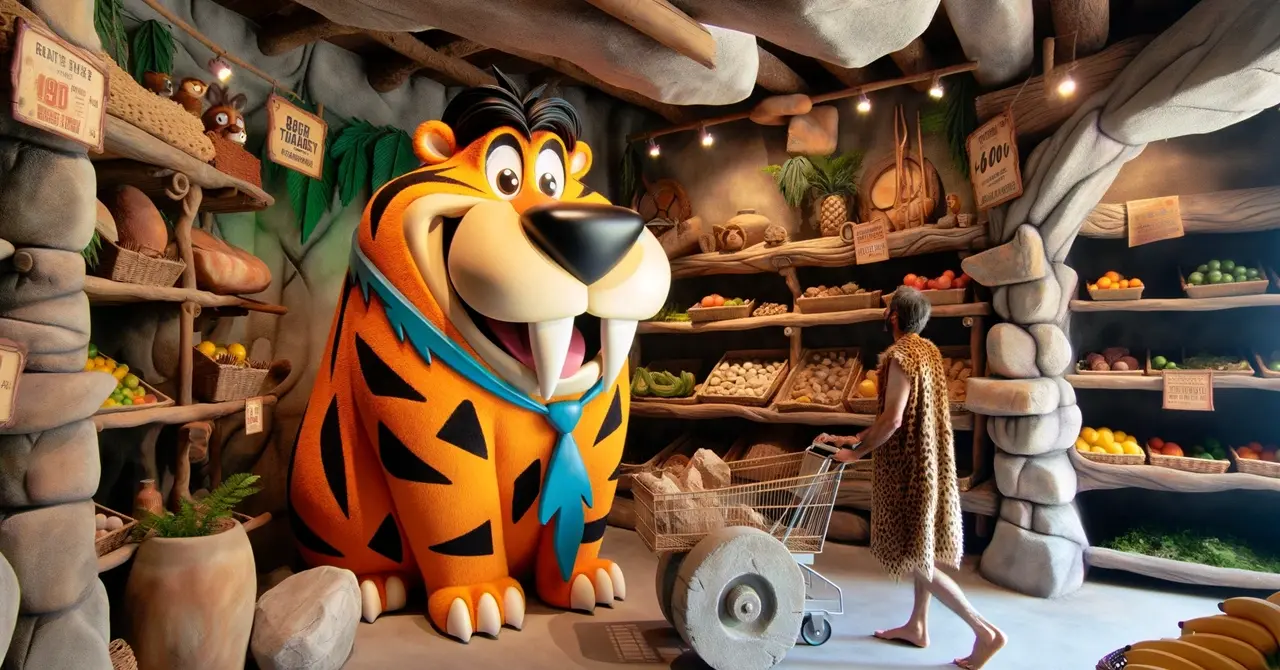Sowing Seeds of Change: Regenerative Agriculture
Most of us want to do our bit to combat climate change; we recycle, consider switching to an EV, change all our bulbs to LEDs, but most of us don’t dedicate our lives to making a difference every day. When you do meet people who do, it can be a humbling experience, one where you initially don’t feel like you belong.
This was the situation I found myself in last September at the Regenerative Organic Alliance (regenorganic.org) summit in Pennsylvania. Surrounded by farmers, brands, investors, and experts who knew more about regenerative agriculture than I ever could, I had my doubts; what could I, a guy who sold beer and knows a lot about shopper marketing, possibly tell these people, and should I really be here?
Turns out the answers were ‘a lot’ and ‘yes’!
|
Regenerative Organic Agriculture is a movement as old as agriculture itself, yet modern at the same time. It means farming with nature, rather than against it. The prevalent way of farming these days is ‘industrial,’ almost waging a war to subdue nature, with chemical fertilizer and pesticides as our weapons. Regenerative agriculture is the exact opposite; farming with nature, doing no harm, and with the aim of regenerating and improving the health of the soil so that it can take care of us. It’s the way every culture used to farm, and the way that many still do, but somewhere after the Second World War, developed countries lost their way and decided there was another way, which has harmed the soil beyond measure.
|

|
But why does this matter? Well, RA is great for the soil, and great for the soil means great for the climate; regeneratively farmed soil draws down legacy carbon from the atmosphere, which means we can reverse global warming if we can convert enough land to RA. (This is an important distinction to highlight; buying EVs, switching your lightbulbs will only reduce the amount of carbon that goes into the atmosphere and so will only reduce the rate at which the earth heats up. RA could cool the earth if adopted widely and quickly enough). If you want to know more, watch Kiss the Ground – it’ll be the best investment of an hour and a half you’ll make this year.
But what does this have to do with shopper marketing?
RA is growing. Smaller farmers are adopting it, and have been for years, but now big corporations are also getting on board. However, all have a common issue, which is that nobody knows what it is! Small brands are too small to really cut through, and big corporations are more focused on adopting it as part of the ESG initiatives or in mitigating their scope 3 emissions. There have been great advances on the supply side, but hardly any focus on the demand side.
This means there is a gap, and this is where we come in. We’re working with the ROA to grow the RA movement by making people aware of what RA is, and what the benefit to them of buying it is.
It’s not easy, but then little that’s worth it is easy. From the many benefits of RA (increased human health, biodiversity, soil health, climate impact, the health of farmers, farm workers, and rural economies, and animal welfare, to name a few), we need to work to identify which are the ones that will most resonate with busy shoppers, to be able to explain to retailers why they should support RA brands, which will, in turn, drive demand and encourage farmers to adopt RA practices more widely.
“Regenerative organic agriculture is the number one thing humans can do to combat global warming.”
Yvon Chouinard
Founder of Patagonia
We think human health is the key. One study has shown that you need to eat 50 conventionally-grown spinach leaves to get the same nutrients as 1 RA-grown spinach leaf, which shows two things; how bad the soil is under industrially-farmed conditions, and how much better RA-grown products are for human health, all rooted (excuse the pun) in the differing health of the soil.
We’re running another workshop this week with the ROA to really dive into how we can work with farmers, brands, and NGOs to talk about what RA is, and why people should buy products grown in harmony with nature rather than at war with nature. And when you read the last sentence, it seems obvious, doesn’t it?
About the Author
Jonathan loves the particular. Taking on a project, and then setting aside past views and experiences to truly understand what a client needs is a real privilege, and one that he learns from every time.

Share this
You May Also Like
These Related Stories

Cultivating Change: Advancing the Regenerative Organic Movement with Oxford and the ROA

Yabadabadoo! Shopping like the Flintstones...

.png?width=657&height=57&name=OXFORD%20LOGO%20(1).png)
No Comments Yet
Let us know what you think